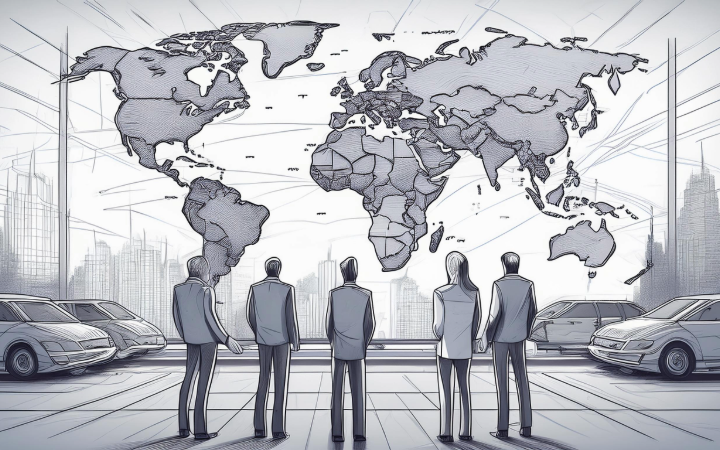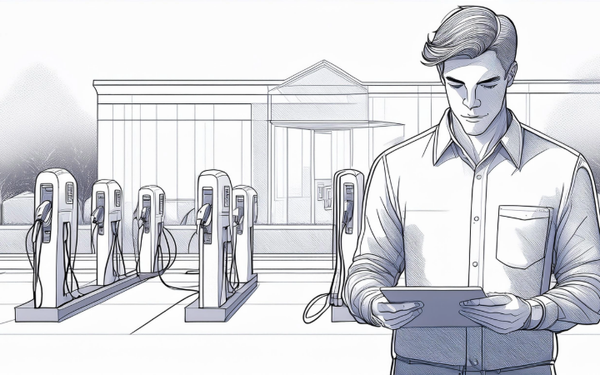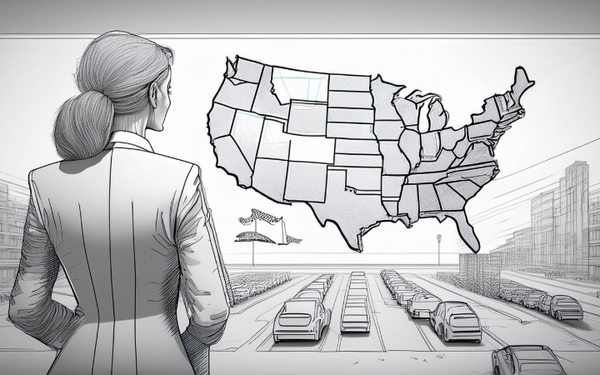Comparing EV Charging Infrastructure Rollout: USA vs. Europe — Lessons America Can Learn

Europe's EV charging rollout offers lessons for the U.S.: prioritize fast, compatible chargers and avoid a fragmented, urban-only approach.
As electric vehicles (EVs) gain traction worldwide, the rollout of charging infrastructure is a crucial factor that influences adoption rates. While both the USA and Europe are investing heavily in EV charging networks, their approaches and progress differ significantly. By examining Europe’s experience, the U.S. can glean valuable lessons to avoid similar pitfalls and accelerate its transition to electric mobility.
Europe’s Head Start and Challenges
Europe has been at the forefront of EV adoption and charging infrastructure deployment for over a decade. Countries like Norway, the Netherlands, and Germany have been early adopters, with strong government incentives and a commitment to reducing carbon emissions. By the end of 2022, Europe had approximately 375,000 public chargers, significantly more than the 130,000 chargers in the U.S. This extensive network has been a crucial factor in Europe’s high EV adoption rates, especially in Norway, where EVs made up over 80% of new car sales in 2022(IEA).
However, Europe’s rapid expansion hasn’t been without flaws. A major issue has been the uneven distribution of chargers, with urban areas having far more charging points than rural regions. Additionally, early investments in outdated and slow-charging technologies have left many countries struggling to upgrade their networks to keep pace with modern EV requirements. For example, many of Europe’s public chargers are Level 2 chargers, which are slower compared to the fast chargers increasingly preferred by drivers(McKinsey & Company).
Moreover, Europe’s network suffers from interoperability issues, where different charging standards and payment systems make cross-border travel cumbersome for EV owners. This inconsistency can discourage drivers from fully embracing electric mobility, especially when traveling between countries with different charging protocols.
The U.S. Approach: Learning from Europe’s Missteps
The U.S. can learn from Europe’s experience by avoiding a fragmented approach to charging infrastructure. Currently, the U.S. faces similar challenges, such as an unequal distribution of chargers and a high reliance on Tesla’s proprietary Supercharger network, which accounts for nearly 60% of the country’s fast chargers (IEA). To address these gaps, the Biden administration launched the National Electric Vehicle Infrastructure (NEVI) program, aiming to deploy a cohesive national network of 500,000 chargers by 2030.
America’s strategy prioritizes fast chargers, which are essential for long-distance travel and reducing charging times at public stations. However, Europe’s experience shows that simply installing chargers isn’t enough; they need to be reliable, accessible, and updated to meet the latest standards. The U.S. is setting national standards for charger compatibility, which is a step toward avoiding the interoperability issues that have plagued Europe (NREL Home).
What America Can Learn
- Standardization and Interoperability: The U.S. should adopt uniform standards for chargers to ensure a seamless experience across state lines, avoiding Europe’s problem of incompatible charging systems.
- Strategic Placement: Chargers should be distributed equitably, with a focus on rural areas and major highways, not just urban centers. Europe’s urban-centric rollout has left many rural drivers underserved.
- Focus on Fast Charging: Europe’s mistake of heavily investing in slower chargers highlights the importance of prioritizing fast chargers that can handle increased demand as EV ownership grows.
- Public and Private Collaboration: Coordinating between governments, utility companies, and private businesses can streamline deployment and ensure a well-maintained network, learning from Europe’s fragmented and sometimes bureaucratic approach.
By adopting these strategies, the U.S. can avoid Europe’s growing pains and create a robust, future-proof charging network that supports the rapid electrification of its transportation sector.





